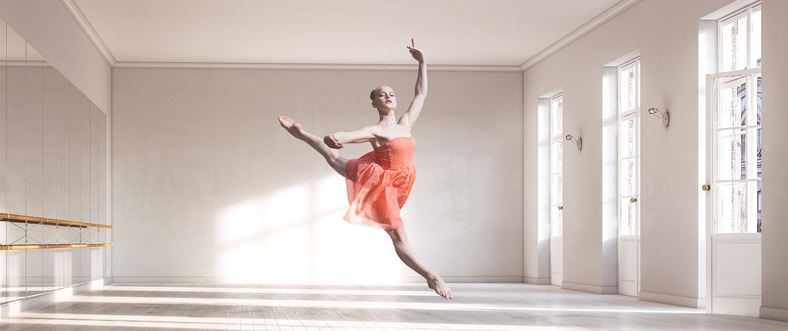An introduction to Ballet
An introduction to Ballet
Ballet is a popular and versatile dance activity, which enables the participant to work on many skills such as their coordination, flexibility, posture and strength.

Ballet is believed to have come about in around the 15th century and since then the musical ideas and structures have not changed much. Ballet today is recognised across the whole world and classes across the globe are similar in principle with variations according to the age and the standard of the partakers.
Simply put, Ballet classes are body exercises that enable dancers to practise and perfect movements and positions. In Ballet, repetition is very important, even for the most advanced dancers.
Styles
Many variations of Ballet have evolved over the years since the 15th century. Originally you would find Ballet by country such as French ballet, Italian ballet and Russian Ballet. Later on you would find classical Ballet and non-traditional ballet movements and techniques.
It is believed that the most known and used ballet style is the late Romantic Ballet. This type of Ballet focuses on a classical style, including pointe work, flowing and accurate movements, with dancers wearing tutus.
Barre
Ballet classes normally take place in a dance studio or ballet studio where, if possible, there is plenty of room to move about! The studio will also have a number of ‘barres’. These can be either metal or wooden rails that stand at about waist height. The barres are used to help dancers work on their technique.
The barre is for all level of dancers. Typically, every class or ballet session will start with a number of exercises using the barre. Barre has been come to known and be called the exercises for the first part of the Ballet lesson.
Who is in charge?
Ballet classes are usually taken by a teacher, who gets the dancers to follow a number of different exercises. A typical class runs through a variety of exercises, which aim to improve flexibility and posture as well as increase strength. The exercises often vary in difficulty, stamina and speed.
Pre-recorded music is often played during the classes and the different dance moves are aimed to fit in time with the music. Techniques are practised in repetition by using simple Ballet phrases often with music.
What types of Ballet classes are there?
Each ballet class is normally divided up into two sections. The first section is for the dancers to work out using the barre. This is where the dancers exercise their bodies, one side at a time. They rest one hand on the barre whilst working on a variety of exercises in repetition.
The second section is for the dancers to work on ‘centre’. This is where more exercises are done but without the use of the barre.
Generally speaking there tends to be two types of Ballet classes. These are syllabus classes and non-syllabus classes. With both types of class the teacher demonstrates the exercises and explains the moves.
Syllabus classes are Ballet classes, where the dancers are working towards taking an exam. Here they practise exercises and dances to particular music.
Non-syllabus classes are Ballet classes, where the teacher has come up with the exercises and dances herself and they could be different each time there is a class.
Types of Ballet steps/movements
Ballet movements tend to have French names, which can be recognised across the world. All Ballet steps start from one of five ballet positions, and these positions involve your whole body. How you hold your arms is just as important as what you do with your feet!
The following list includes some of the commonly used jumps, clockwise and anti-clockwise movements, steps and turns in Ballet. There are many, many more however!
Battement tendu– there are many different types of ‘battement’. This one is where you sweep your leg out along the floor whilst pointing your foot at the same time. This can also be performed whilst lifting you leg at different heights, to the front, side, and back.
- En pointe – this is where the dancer balances on the tip of her toes. It is possible to do this by wearing special Ballet shoes called ‘pointe’ shoes.
- Grand jeté – this is where the dancer jumps forward with a split.
- Pas de deux – this is a dance for two.
- Pirouette – this can be either one turn or a number of turns.
- Plié – this is where the dancer bends their knees, bending either a small or large amount, using one or two legs.
- Port de bras – this is where the dancer moves their arms and upper body.
- Ronds de jambe –this is where the dancer makes circular movements with her leg
- Sauté – this is where the dancer does a small jump on two legs, landing on two legs.
A typical Ballet class
A typical Ballet class might look something like this:
Barre
- warm up followed by battements tendus, battements glissés, battements fondus, battements frappés, grands battements, petits battements, ronds de jambe à terre, ronds de jambe en l’air and pliés.
Centre
- ports de bras, pirouettes, centre practice – repetition of any of the barre exercises but without the barre.
Do you know anything about Ballet? Please add your tips below!
